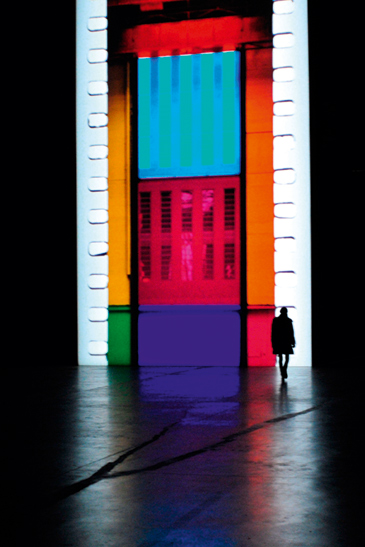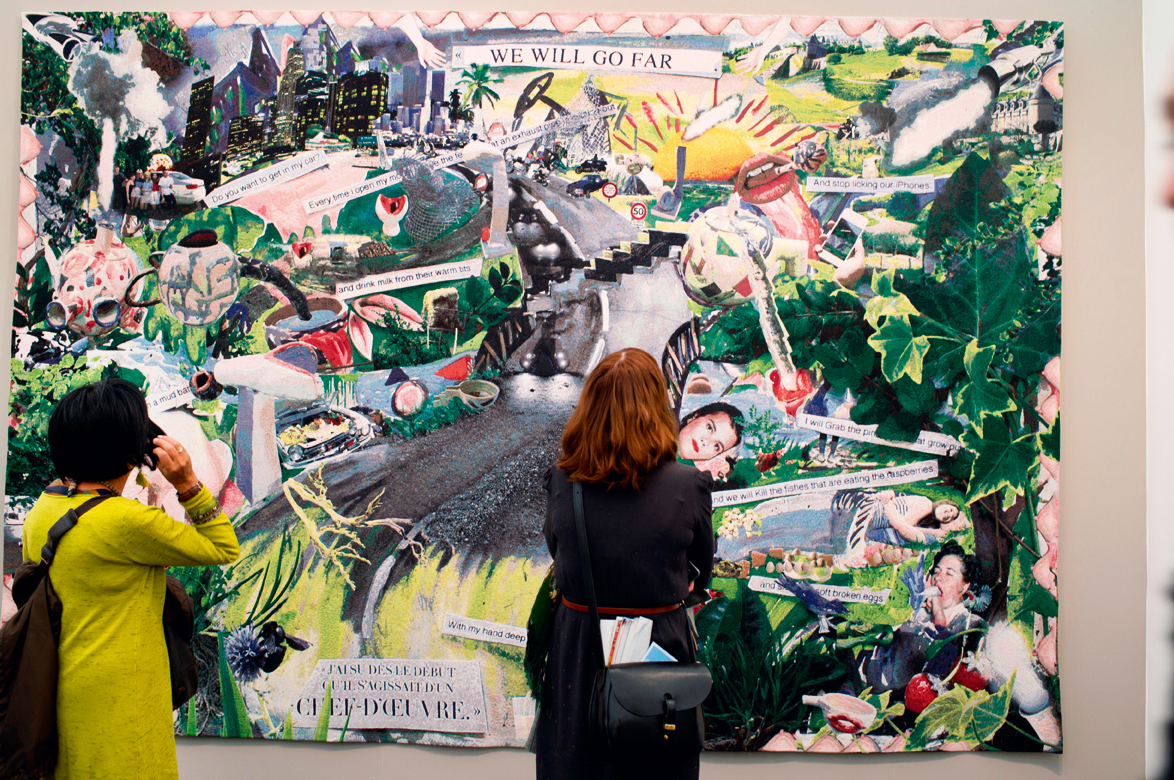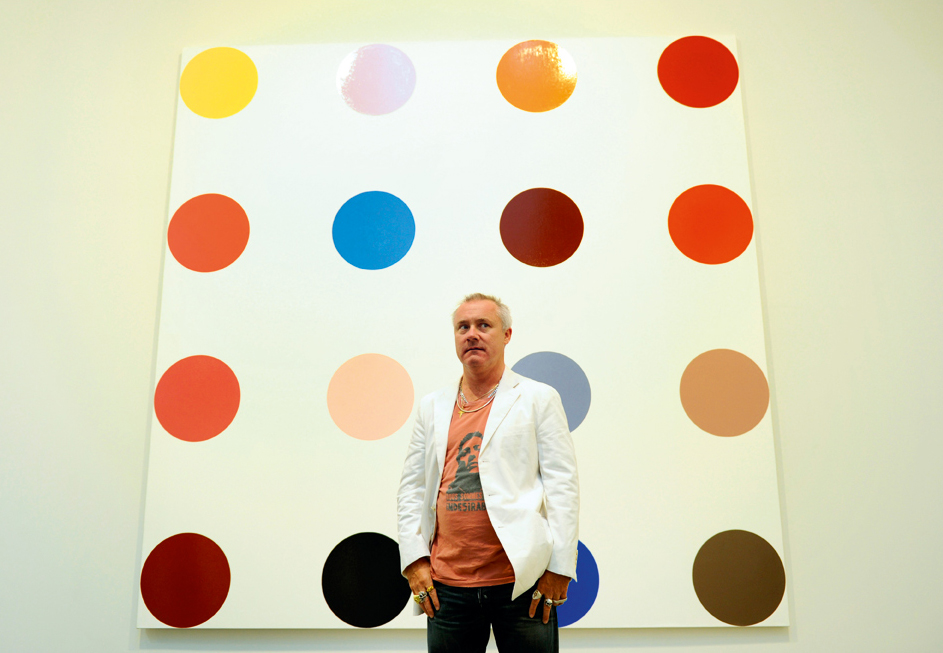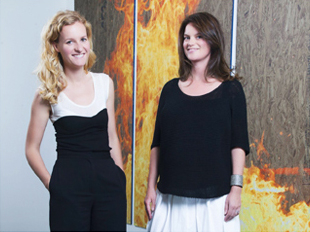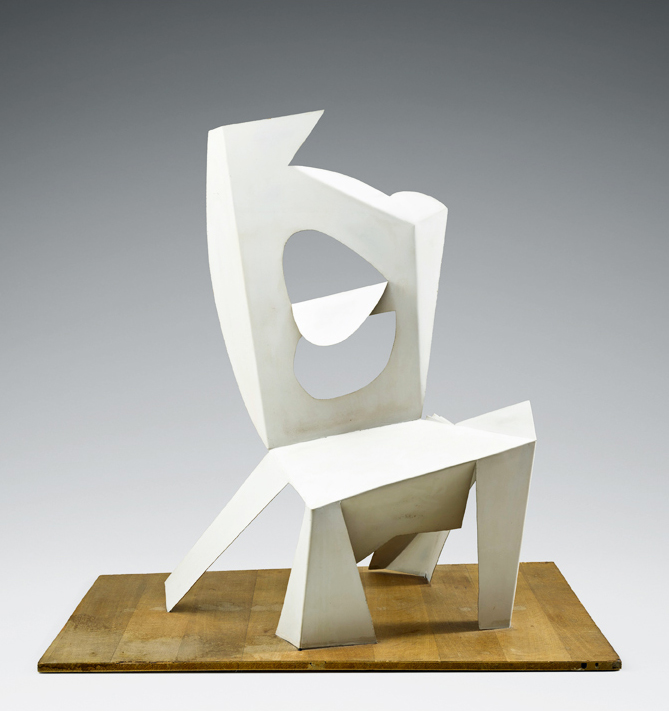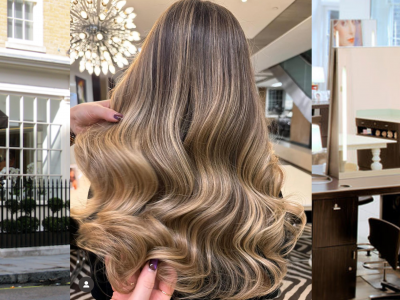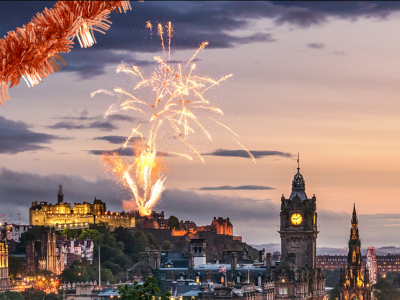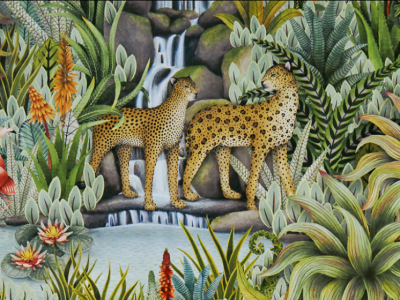Anyone who remembers a time when London’s Mayfair was full of sleepy antique dealers, with Cork Street’s galleries setting the art agenda, would struggle to recognise the area today.
The experiential art scene in London
13th March 2015
As London's art scene booms, a new breed of "artrepreneurs" is giving a curious and culture-hungry audience the behind-the-scenes tours and once-in-a-lifetime experiences it craves
Stern banks are now buzzy restaurants, old curiosity shops are oligarch-friendly white cubes and a controversial £300m development threatens to force the area’s dealers to the margins. Sotheby’s has dubbed a network of 42 streets around Mayfair, St James’s and Savile Row “The London Luxury Quarter”, since it is home to 90 per cent of the world’s jewellery brands and 70 per cent of its fashion houses, with 89 art galleries.
Meanwhile, each October during the huge Frieze Art Fair in Regent’s Park (friezelondon.com), a rash of new galleries opens in Mayfair’s hallowed streets. This year, Larry Gagosian (gagosian.com) took his gallery total to 15 with an 18,000-square foot modernist behemoth in Grosvenor Hill that dwarfs the elegant mews houses around it. In November, Sadie Coles (sadiecoles.com) pitched up with what is her third space, and New York art-dealing dynasty Helly Nahmad (hellynahmad.com) took up residence in a new building in St James’s Square. The rent, at £1,991 per square metre, is one of the highest for office space in the UK.
Now in its 13th year, the art fair is estimated to add £275m to the city’s economy, as 60,000 visitors attend Frieze, Frieze Masters and the Pavilion of Art and Design. Last year, the three shows brought in 264 dealers from 35 countries, showing work by more than 2,400 artists. Among the participating galleries, 64 per cent named London as the centre of the art market. Rachel Lehmann, co-founder of New York gallery Lehmann Maupin (lehmannmaupin.com), said: “London is incredibly international. We have met and sold to buyers from the Middle East, Europe, Asia and the US.”
The boom shows no sign of waning. Halfway through the four-day event, Sotheby’s reported £400m worth of contemporary art sales in its London saleroom, up £100m from last year.
As well as being a city where deals are done, London is the meeting point for a new generation of “cross collectors” — art and design aficionados who’d be as interested in a coffee table by mid-century Italian designer Carlo Mollino as they would in a Monet and are as likely to snap up a print by American fashion photographer Horst P Horst as a picture by Damien Hirst.
Sotheby’s (sothebys.com) relaunched its design auctions recently after a five-year hiatus. French dealer Patrick Seguin — who specialises in re-editions of furniture and prefab buildings by the late French architect Jean Prouvé — has opened his first space outside Paris (patrickseguin.com). He is joined by fellow Parisian Jean-Jacques Dutko (dutko.com), who specialises in French Art Deco. Both have put down roots in London in the belief that they can seduce amateurs and debut collectors who come from every corner of the world to congregate in the capital.
A new breed of London-based “cultural entrepreneur” has also sprung up, eager to service an audience that’s moneyed, curious and culture hungry, by filling the gaps left by traditional museums. Their mission is to woo the new cross collectors whose tastes are unpredictable and unmapped, and to cater to the globetrotter who relishes experience as much as consumption.
Leading Culture Destinations (leadingculturedestinations.com) runs bespoke, art-focused trips for such a clientele. Trips vary from a stay at the luxury resort of Costa Navarino in Greece — where they can discuss the country’s economic woes with American pop artist Jeff Koons and Nobel prize-winning economist Paul Krugman — to a tour of Berlin’s street art. In October, a weekend break included visits to pre-Frieze events, a private tour of Maison Assouline in Piccadilly and drinks at Soho House on Dean Street. Next up are visits to a private art collection in Peru and the Hess Museum in Colomé, Argentina, with American artist James Turrell.
Florian Wupperfeld, founder of Leading Culture Destinations, explains: “Our tours are inclusive not exclusive — we want to take people by the hand and give them an experience. For example, if the son of a major wood manufacturer from Brazil goes on a museum patrons tour and the guide starts talking about Robert Motherwell, but he doesn’t know who that is, he’ll feel stupid. That is something we avoid — we make our tours lighter.”
Guiding the uninitiated through the hermetically sealed, intellectually ferocious art world is also the aim of The Cultivist (thecultivist.com), a new global art club founded by Marlies Verhoeven and Daisy Peat. The pair worked together at Sotheby’s and for six years ran the auction house’s VIP programme. After being inundated with requests for a service that was limited to the wealthiest few, they set out to democratise it.
Anyone can join The Cultivist for £1,900 a year. Members have VIP access to curator-led tours, after-hours private views, dinners and talks with artists, and fast-track entry to museums and exhibitions round the world. “Bankers and finance people offer their clients a lot, so we want to go that little bit further,” says Verhoeven. This autumn, 40 Cultivist members had a private tour of the Ai Weiwei show at the Royal Academy, accompanied by the artist’s lawyer. During Frieze, members were invited to the studio of folk-inspired artist David Shillinglaw, who cooked them dinner. At MOMA in New York, they donned white gloves for a “touch tour” of the Picasso sculpture exhibition. Next March, when Carrières de Lumières projects a multimedia exhibition of images by Michelangelo, Leonardo da Vinci and Raphael on quarry walls near Arles, Cultivist members will be the first to go.
“We want to educate our members and provide new experiences,” says Verhoeven. About half of these members are trustees, collectors and patrons, the other half are not yet collecting and are using events to inform themselves. A website and a 24-hour service assists members with every detail, from finding off-the-radar spots to facilitating last-minute private tours of blockbuster shows.
“The Cultivist helps me discover hidden gems in the art world,” says member Patrizia Sandretto Re Rebaudengo, a collector and founder of the Fondazione Sandretto Re Rebaudengo gallery in Turin. “Such special encounters leave a long-lasting memory.”
These organisations provide a degree of anonymity that shields users from the financial and social hierarchies of the art world. “Members are grateful that when they travel with us they are not asked to donate any works, or to buy anything,” says Verhoeven. “We are a little bit of Switzerland.”
Wupperfeld, too, strives to create a more egalitarian experience: “There is this feeling in the art world that if you go to a show and you haven’t read the 400-page catalogue by Hans Ulrich Obrist, you’re not going to understand anything. Our tours aren’t like that. We want to touch people emotionally, not just intellectually.”
Another company, with both a London and a global art reach is Art Tours (arttoursltd.com). It is run by the hugely knowledgeable James McDonaugh who organises a number of trips, taking private parties or small groups to cities including Moscow and Istanbul, for behind-the-scenes curator tours, dinners with art influencers and special visits alongside lecturers. On a recent trip to Paris, guests were treated to a private tour of the Louis Vuitton art foundation on a Monday morning, when it is closed to guests. They enjoyed a crowd-free visit to the Pop and Music exhibition, which includes vast works by Gilbert & George, took a rooftop tour and enjoyed an in-depth exploration of the Picasso museum with an art historian. Other excursions include a definitive look at London’s contemporary art scene with a visit to an artist’s studio and a private tour of one of the most important Impressionist collections in the capital.
Art enthusiasts are not the only ones benefitting from these operators; museums too, reap rewards. By getting potential donors and future patrons through the door, institutions that are new or neglected get the exposure they need. In order to stay ahead of the game, many have set up young patrons’ groups and collectors’ circles. They offer audacious programming, designer shops, Michelin-starred restaurants and late-night openings. The Whitechapel Gallery, Tate Modern and the Institute of Contemporary Arts (ICA) all run vibrant young patrons’ groups for those aged between 18-40 for a small annual fee. This year during Frieze, the ICA (ica.org.uk) partnered with K11, the foundation run by Hong Kong collector Adrian Cheng. Cheng has become a key player in the design and art worlds, regularly promoting designers at his Rosewood hotels and sponsoring exhibitions such as a solo show by Chinese artist Zhang Ding at the ICA in October.
By becoming a member of the Collectors Circle, I’m demonstrating to the photgraohers a keenness to have a dialogue with them and to understand their work
V&A Friday Lates (vam.ac.uk), held on the last Friday of each month, are open to anyone and offer live performances, installations and debates alongside DJs, drinks and food, and the chance to visit its shop and buy bespoke items made by artists in residence. These “museum must-haves” are recognised by Leading Culture Destinations in an annual award ceremony, which Wupperfeld describes as the “Oscars of the museum world”.
Through its Collectors Circle, Magnum Photos (magnumphotos.com) has funded two books and increased sales for many of its photographers. For an annual fee of £10,000, members (so far there are 20, but anyone can join) have the chance to look through the Magnum archive at the East London print room and meet and dine with photographers. In exchange, members commit to spending their membership fee on Magnum works.
Since she joined the circle, London-based collector Polly Moore has pored over prints with Martin Parr at his studio, had dinner with Elliot Erwitt in Paris and talked to Russian photographer Gueorgui Pinkhassov about his photo of a man being stabbed (she then bought it). A passionate collector, Moore has around 150 prints, the earliest a 1910 print by Jacques-Henri Lartigue. “By becoming a member of the Collectors Circle, I’m demonstrating to the photographers a keenness to have a dialogue with them and to understand their work. This means they are usually more predisposed to having a conversation with me and allowing me to get behind the image, to understand the heart and soul of it. For someone who is deeply curious about the visual and what has created it, this is a great privilege. I’ve learned so much about photojournalism since I joined.”
“People want to get smarter, rather than having more stuff,” says Wupperfeld. He recalls Costa Navarino, hanging out by the pool with Koons and Krugman and cooking sausages on a fire. A fleeting encounter that is now a treasured memory. Such vignettes appeal to the modern-day culture hunter — and there’s an army of fixers out there who know just how to create them.
ALAMY; GETTY IMAGES; CORBIS; COURTESY OF THE CULTIVIST
JASON RODGERS; CHAIR CANNES, 1961, MUSÉE NATIONAL PICASSO–PARIS © 2015 ESTATE OF PABLO PICASSO/ARTISTS RIGHTS SOCIETY (ARS), NEW YORK

